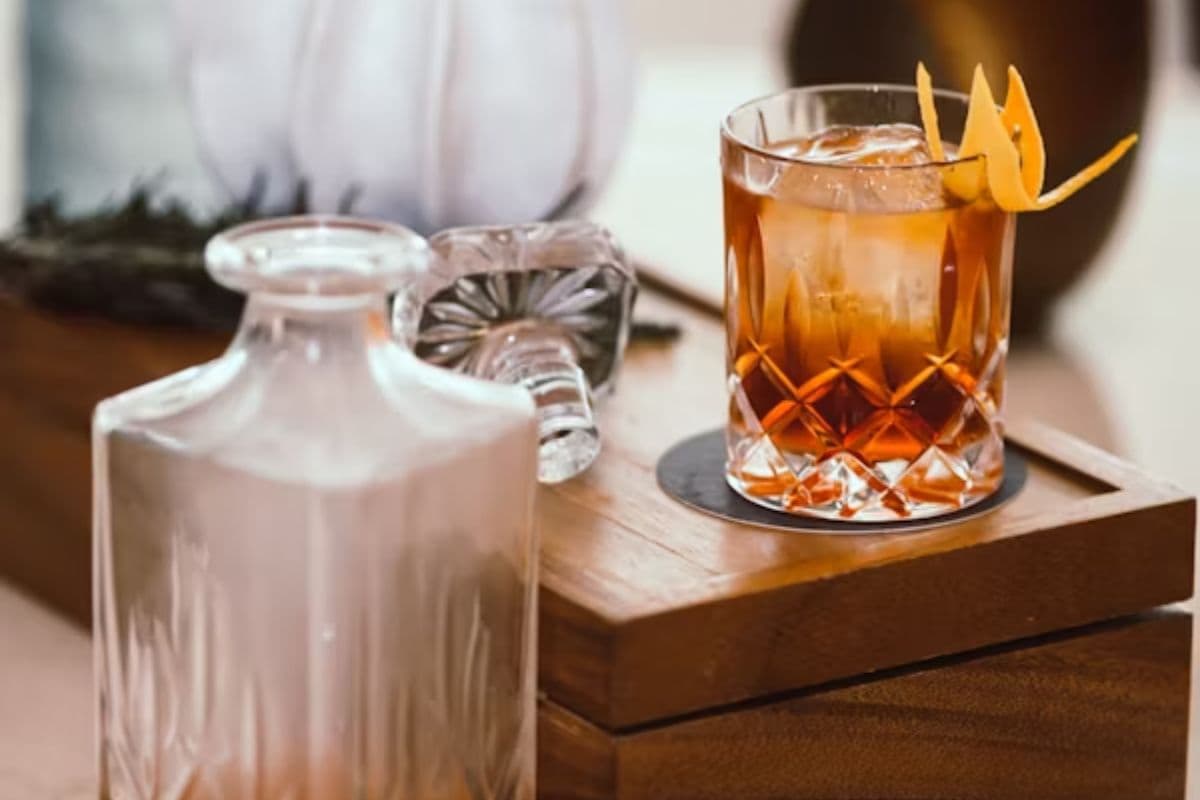
Rum is one of the most diverse and storied spirits in the world. Born in the Caribbean from sugarcane by-products like molasses, it has evolved into a global favorite found in everything from classic Mojitos to rich, complex Old Fashioneds. But not all rum is created equal – its color, flavor, and aging process play a defining role in how it performs in a cocktail. Whether you’re mixing a refreshing Daiquiri or crafting a bold Dark ’n’ Stormy, understanding the difference between white, gold, and dark rum can help you choose the right bottle every time.
Profile: White rum, also called light or silver rum, is typically clear, clean, and mildly sweet. It’s usually aged for a short period, often in stainless steel tanks or neutral barrels, and then filtered to remove color and impurities. This makes it the go-to base for cocktails where rum’s flavor should complement, not dominate.
Best For:
Examples: Bacardi Superior (Puerto Rico), Havana Club 3 Años (Cuba), Plantation 3 Stars (Barbados blend).
Profile: Gold rum, sometimes labeled as amber rum, bridges the gap between the brightness of white rum and the intensity of dark rum. It’s typically aged in oak barrels for a few years, which imparts a warm golden hue and subtle notes of caramel, vanilla, and spice. Gold rum’s rounded flavor makes it incredibly versatile for both sipping and mixing.
Best For:
Examples: Mount Gay Eclipse (Barbados), Appleton Estate Signature (Jamaica), Brugal Añejo (Dominican Republic).
.jpg&w=3840&q=75)
Profile: Dark rum is the most intensely flavored and aromatic of the three. Aged longer, often in heavily charred oak barrels, it takes on deep brown hues and rich notes of molasses, toffee, spice, and smoke. It’s perfect for cocktails that need structure and warmth or even for sipping neat.
Best For:
Examples: Gosling’s Black Seal (Bermuda), Myers’s Original Dark (Jamaica), Diplomatico Reserva Exclusiva (Venezuela).
Also Read: From Mojitos to Mai Tais: Rum Drinks Everyone Should Try Once
Beyond color, rum’s flavor is influenced by its origin and production style.
These distinctions often matter more than color when seeking specific flavor profiles for cocktails.
Choosing the right rum is about matching its flavor intensity to your drink’s personality. White rum keeps things bright and fresh, gold rum offers a balanced middle ground, and dark rum brings richness and depth. The next time you reach for a bottle, think about what your cocktail needs – a crisp kick, a rounded warmth, or a bold embrace – and let that guide your pour.